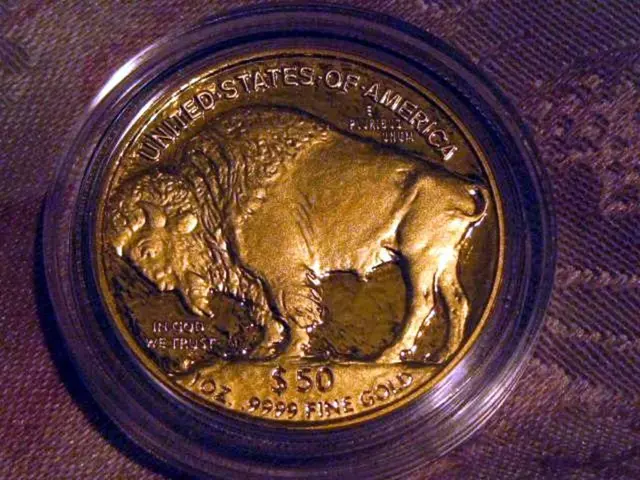Prehistoric Whale Bone Toolcraft: Skilled Hunter-Gatherers from the Ice Age Utilized Stranded Whale Skeletons for Creating Implements Approximately 20,000 Years Ago
In a groundbreaking discovery, researchers have found the earliest known evidence of humans using whale bones for tool-making in the Bay of Biscay, roughly 20,000 years ago. This revelation, published in Nature Communications, highlights the resourcefulness of ancient hunter-gatherers who scavenged the sea's offerings, transforming whale bones into tools for survival.
The study, led by a team of scientists, found 83 shaped objects and 90 unworked bone fragments from at least six different whale species across 26 cave and rock shelter sites. These findings, dating back to the Magdalenian culture of the Late Upper Paleolithic period, demonstrate that the Bay of Biscay, then, was a rich marine ecosystem that supported the livelihood of these early humans.
Scientists used a technique called Zooarchaeology by Mass Spectrometry (ZooMS) to identify the animals from which the bone tools were sourced. This method enables researchers to peer through time and reconstruct the diets of ancient creatures, offering a glimpse of the past.
Interestingly, these early humans did not have the means to hunt large whales. Instead, they took advantage of marine life that washed ashore. Whale bones became valuable materials for them, with their durability, shapeability, and abundance making them excellent alternatives to other resources like stone or wood.
Most of the whale bone tools discovered were weapon elements—projectile points and foreshafts—used in hunting other animals like reindeer or bison. However, an intriguing observation is the significant number of these tools made from sperm whale bones, possibly due to the long, dense jawbones' ideal structure for crafting such tools.
The researchers also reconstructed aspects of ancient whale diets and marine ecosystems by analyzing stable isotopes. Comparing these signatures with modern whale diets revealed both similarities and differences, suggesting cooler waters or altered food webs in the past. The discovery also hints at the presence of gray whales in the Atlantic during this period, which are now confined to the Pacific.
However, the use of whale bones for tool-making mysteriously declined after 16,000 years ago. The reason for this shift remains unknown, as the record becomes sparse during this period. The researchers speculate that the whale bone objects may have remained in coastal areas that are now underwater due to rising sea levels, potentially hiding even older bone tools that wait to be discovered.
The study can be found in Nat Commun. This research offers a deeper understanding of the lives of early humans and the ecology of the whales during the Paleolithic era, showing that they were intimately connected with their environment and resourceful in utilizing available resources for their survival.
- This groundbreaking discovery, published in Nat Commun, showcases the resourcefulness of ancient hunter-gatherers in the field of environmental-science, as they used whale bones for tool-making dating back 20,000 years in the Bay of Biscay.
- In the realm of science, the study, led by a team of scientists, employed the tech-driven technique called Zooarchaeology by Mass Spectrometry (ZooMS) to identify the animals from which the bone tools were sourced.
- The vast biodiversity found in the Bay of Biscay, documented through this research, speaks volumes about the rich marine ecosystem that supported the lifestyle of these early humans during the Late Upper Paleolithic period.
- The research, falling under general-news, also offers insights into the diets of ancient whales through stable isotope analysis, revealing both similarities and differences with modern whale diets.
- In terms of education-and-self-development, this study serves as a testament to the importance of research in uncovering history and understanding the past, especially in areas like biological-studies and ecology.
- The discovery of significant numbers of sperm whale bone tools suggests that these early humans were adept at recognizing the structural advantages of various animals, a trait that could be intriguing for the field of medicine, where similar advantages are sought in medical-conditions treatments.
- As specialists delve deeper into this study, they are left pondering the reason for the decline in the use of whale bones for tool-making post 16,000 years ago, a question that might find its answers in tech-driven explorations of the ocean floor.
- Despite the shift, this research highlights the intimate relationship between early humans and their environment, a connection that can serve as a reminder for us in today's tech-driven lifestyle to respect and preserve the environment for future generations.
- Lastly, as sports enthusiasts watch documentaries or read articles on entertainment, they may stumble upon this fascinating discovery, adding another layer to our understanding of the capabilities of our ancestors and the rich history of human innovation.







